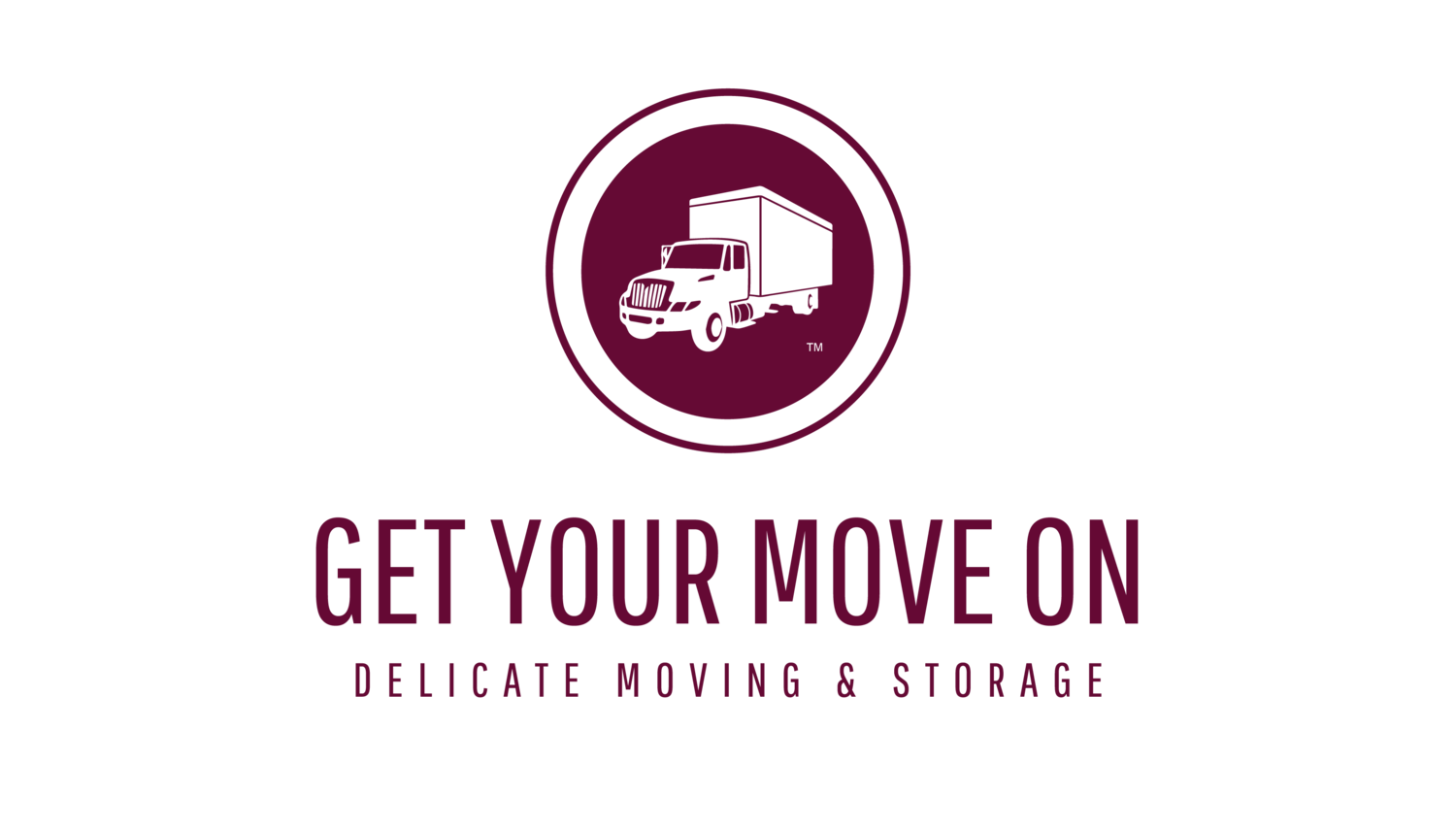Protecting Your Belongings in a move.
#1 Start with proper boxes.
Before you start the packing process, ensure you have the appropriate boxes for the items you’re packing. If you’ve got some old boxes in your garage you’re thinking about using, think again. Boxes from grocery or liquor stores they may have gotten damp or wet, and in that case they will likely fall apart during the move, damaging your items. You need strong solid boxes. If your moving company is packing for you, not to worry. But if you’re packing yourself, it’s important to select the proper materials. Start with the size of your boxes. You might think, “big is better,” but when you have many small, fragile items its unsafe to pack them in a big box. Since large boxes are loaded on the bottom, heavy boxes could be loaded on top of your box of fragile items, which can result in damage. Small items need to be packed in separate, smaller boxes, and large heavier items in larger boxes. Get boxes in several different sizes. Also, pack things in the appropriate type of box. If you need to pack up your TV, it will be best protected in the box it came in, if you saved it. On the other hand, for a very delicate set of china, buy a sturdy box that has been specifically designed for protecting dishes.
#2 Use padding.
You are definitely going to need padding for your breakable items. Padding is a must if the box isn’t completely filled up. You don’t want your fragile items shifting around in the box because this could cause them to break. Foam peanuts and bubble wrap are commonly used for breakable items. For packing plates, platters, bowls, and other dishes you can use plain newsprint or tissue paper. If you’re on a tight budget, you can simply use comforters, blankets, pillows, T-shirts and/or stuffed animals. These can definitely provide the cushioning you need.
#3 Check your insurance coverage.
Check your homeowner’s or renter’s insurance to see if your belongings are covered, either fully or partially, during a move. Call your insurance agent to get a clear understanding of exactly what you are covered for. If you do not have homeowner’s or renter’s insurance, or the policy you do have does not cover your possessions while in transit, what should you do? If you are moving state-to- state, you will be covered. Federal law requires that a registered moving company offer two kinds of liability coverage, as follows:
Released Value Coverage – This is included with your move at no extra cost. With this coverage you would be reimbursed up to 60 cents per pound.
Full Value Coverage – This would cost you extra, about 1% of the total value of the possessions being moved, and gives you fuller protection. There are more layers of coverage that you can purchase through third-party insurance companies, but these would be at a higher price.
For more information from the FMCSA on your options for Valuation Protection and Insurance go to www.fmcsa.dot.gov/protect-your-move/valuation-insurance
4. Your valuables should remain with you.
Keep your cash, checkbooks, credit cards, passports, birth certificates, jewelry, financial documents ,irreplaceable photos, etc. with you at all times during the move, unless you know of a safe way to ship them separately.
